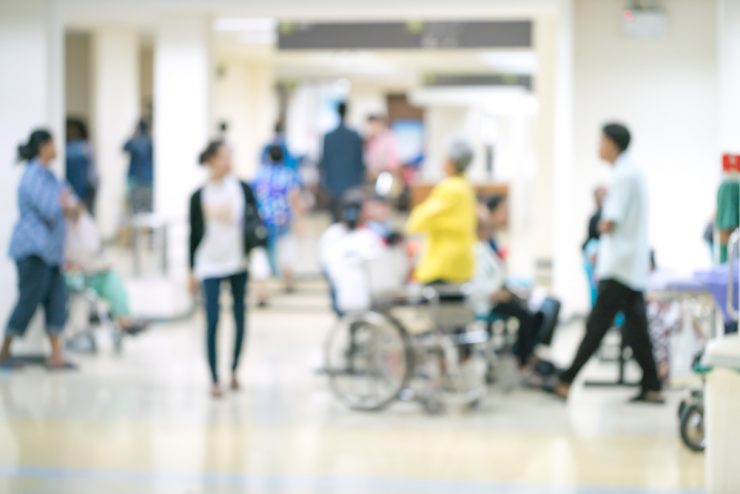P HYPERLINK “https://www.healthline.com/health/psoriasis” soriasis is a chronic skin condition that is also classed as an autoimmune disease. The condition manifests itself in scaly silvery or red patches that can grow itchy and painful. These patches are the most noticeable psoriasis symptoms and they tend to flare up and then fade over a period of a few days though can last up to a month. Although all patients with the condition will experience similar psoriasis symptoms, there are five separate types.
Plaque psoriasis
Sometimes known as psoriasis vulgaris, this is the most common form of the condition, affecting around 85 percent of sufferers. It leads to thickened red areas of skin, usually on the elbows, lower back or scalp. These areas are usually between one and ten centimetres in width but can be larger and if scratched, the psoriasis symptoms will worsen.
Plaque psoriasis is usually treated initially with moisturisers or creams, but your doctor may also prescribe topical retinoids, light therapy or medication.
Guttate psoriasis
This version of psoriasis is the second most common and accounts for around ten percent of all psoriasis sufferers. It usually begins in childhood and is characterised by small red spots on the torso, limbs, face or scalp. The spots are drop-shaped and although they are typically less thick than the patches caused by plaque psoriasis, they can develop into plaques.
Guttate psoriasis often occurs following a throat or ear infection, stress or skin injury. It is usually treated by tackling the underlying cause, which can mean a course of antibiotics.
Flexural or inverse psoriasis
This type of psoriasis typically occurs in folds of the skin, such as beneath the breast or in the armpit area. It is often red and shiny in appearance, as the sweat from skin folds prevents the formation of skin scales. Inverse psoriasis is particularly uncomfortable, and in addition, sufferers of this type may also have other forms of psoriasis at the same time.
Inverse psoriasis is treated in a similar way to plaque psoriasis, with light therapy, oral medication and creams, but prescribed steroid creams are likely to be of a lower potency to prevent skin thinning. Treatment also sometimes includes drugs to stop bacteria growth.
Pustular psoriasis
This is a more severe type of psoriasis that develops quickly and is characterised by white pustules surrounded by red skin. It can develop on any part of the body, and the pustules can join to form scaling. The pus is not infectious, but this condition can cause symptoms such as fever, muscle weakness and loss of appetite. Treatment depends on the size of the affected area, but is generally the same as with plaque psoriasis
HYPERLINK “https://www.healthline.com/health/erythrodermic-psoriasis”
Erythrodermic psoriasis
This is a severe and rare type of psoriasis that gives the appearance of burns. This form of psoriasis is red, scaly and widespread and can develop from other types of psoriasis, or from bad sunburn, alcoholism, infection or stress. It can require hospitalisation as this type of psoriasis affects the body’s ability to regulate its temperature. Erythrodermic psoriasis is usually tackled in hospital with a variety of treatments until the condition subsides.











